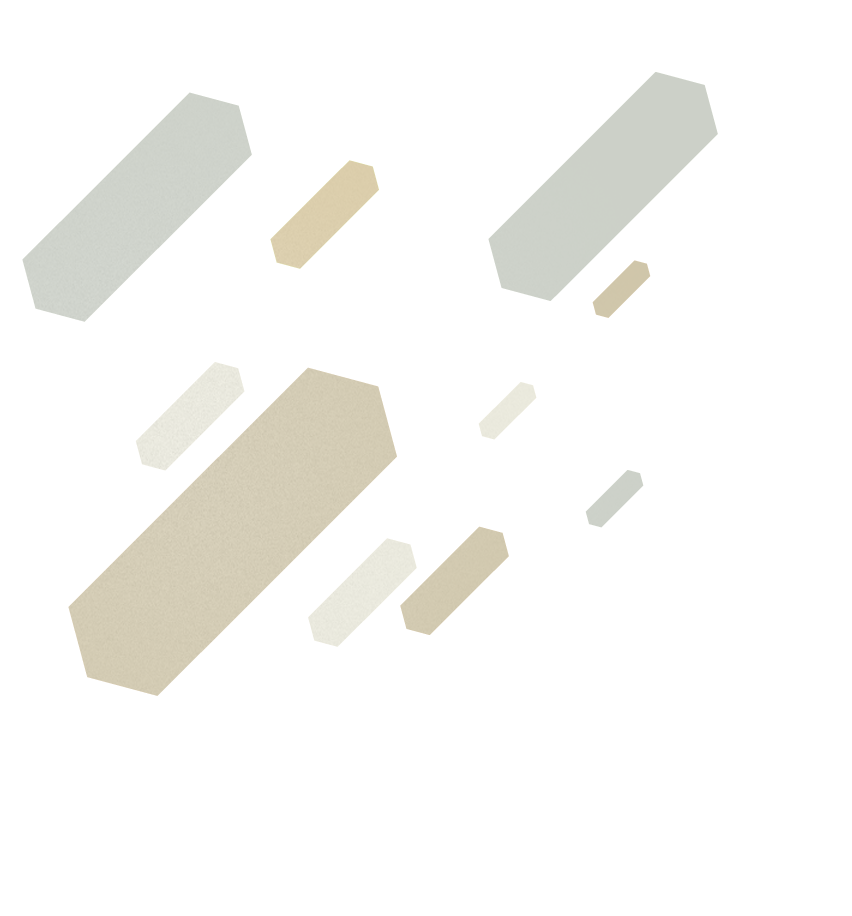


Having completed Certainty’s Flux very recently, and before its premiere, I’m finding this to be a very elusive work to describe. But, with a fresh image of the piece in my mind, it occurs to me that listening to it might be like a walk in a park... but in the opposite sense to the idiom’s meaning – a walk in a very strange, even hostile park. I’m seeing a park that behaves in irrational, unexpected and dangerous ways: the surroundings can change abruptly, the size of the trees and everything else can mutate strangely in front of the naked eye, together with the colours and textures, the light, the atmospheric conditions, etc., or there can suddenly be several different times of day in different parts of the surroundings... sometimes the entire environment disappears into darkness and reappears rapidly, like lightning flashes on a black sky.
Putting the metaphorical excursions aside, it seems that the continuous flux has its source in interplay between two basic and opposing forces:
– movement (left-hand motion, i.e. glissando, and right-hand
motion, i.e. the travels of the bow on the strings),
– stop (left hand: fixed point on a string, right hand: dampeningof the strings; also pizzicato with both hands, and silences).
There is a strong and constant friction between the two forces and it opens up musical spaces with shifting perspectives, as there are changes in the rate of movement, or the extent of its limitation and stopping. Sometimes, the musical material presents sound objects that are balancing somewhere between the two interacting forces, and these are the key signposts along the process, e.g. when one hand stays fixed (more or less) while the other is in motion. In fact, a passage of this kind brings the work to a close: a final unfolding of timbral fluctuations pulsating gently yet unevenly... a last attempt to attain coexistence between the two forces (a glimpse of certainty).
Certainty’s Flux is one of three works related through the use of the word “certainty” in the titles, with each of them being dedicated to a different composer; this work is dedicated to the memory of Karol Szymanowski.
Lastly, I would like to thank Karin Hellqvist for commissioning the work; the project was realised with the support from Poland’s Ministry of Culture and National Heritage.
Dominik Karski, June 2013




